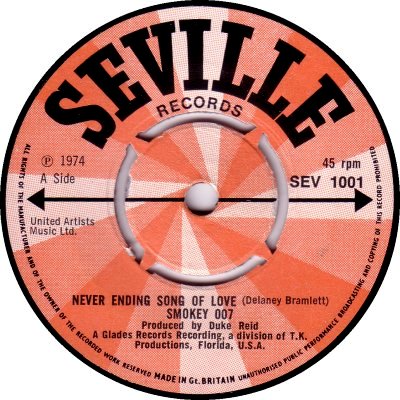
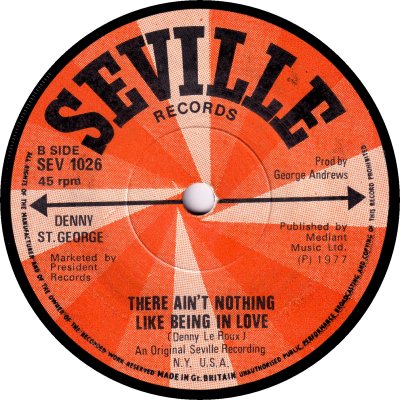
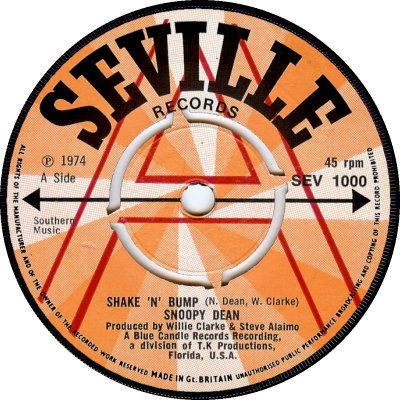
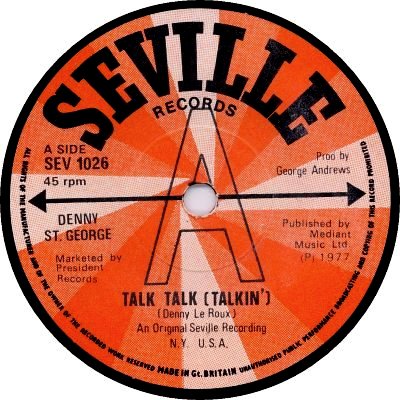
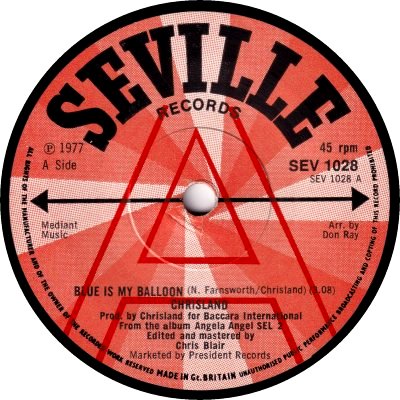
American, originally. Seville was started up by Danny Kessler and Murray Spora in 1958 but it only released one single in that year, and it wasn't until the 'Billboard' issue of the 16th November 1959 that the label's formation was announced to the music trade. 'BB' of the 31st of October 1960 reported that Spora and Ed Kassner had bought out Kessler's interest in Rush Music and Broadway Music and had merged all their companies under the name of American Metropolitan Enterprises. The article said that in addition to its other lines AME possessed two record labels, President and Seville, so it looks as though Kessler sold his shares in Seville as well. He went on to join forces with Jerry Leiber and Mike Stoller in their L&S Enterprises and LSK Management companies ('BB', 30th January 1961) but left a couple of years later to concentrate on management and to reactivate his Kryder Music publishing company ('BB', 10th August 1963). According to 'BB' of 20th of February 1965, however, he was operating the Seville label with Ed Kassner, which suggests that his career had taken another twist. Be that as it may; as far as the USA is concerned Seville issued its final new recordings in the summer of 1968, though it managed a couple of reissues in 1974.
As it turned out, the last hadn't been heard of Seville. Murray Spora had sold his interest in AME in 1965 ('BB', 14th May 1966), leaving Seville and the other companies in Kassner's hands, and in 1975 Kassner, who was by that time based in the UK, launched the label over here as a stablemate to his Jay Boy and President marques (q.v. both). 'Music Week' of the 15th of February noted that Seville was in operation, and said that it was intended to be an outlet solely for American recordings. A steady stream of singles followed, numbered in the SEV-1000s and licensed from various American concerns such as Blue Candle, Drive, International Brothers and (most frequently) Cotton, but during the four years or so that it was in operation the company only enjoyed one Chart entry: that was with Dooley Silverspoon's, 'Let Me Be The Number One (Parts 1 & 2)' (SEV-1020; 12/75) in 1976. Despite that single's title, it only got to No.44. The final new Seville single from this period, 'Blue Is My Balloon' b/w 'Mary Jane' by Crisland (SEV-1028; 1/78), deviated from the norm in that it was licensed from a French company, Baccara International. SEV-1017 was reissued in October 1979, and Kassner revived Seville briefly in 1983, putting out a couple of Rockabilly singles, but that was the lot.
One label design served Seville throughout; it was similar to that which had been used in America from 1964 onwards, but while that was swirly the UK version was laid out in straight lines (1). There was however some variation in the font and in the positioning of the credits, with the catalogue number, the year and sometimes the artist's name moving (2). Demo copies were usually marked in the standard President family way, with a large hollow red 'A' (3); this moved downwards from SEV-1016. It was replaced by a thin hollow black 'A' from October 1976 (4), though the low red 'A' made an occasional reappearance (5). Parent company President handled Seville's marketing and shared in its distribution via the Kassner-owned Enterprise (1973) company; as was usual for President, members of the British Independent Record Distributors group served dealers who were outside the firm's reach. With regard to manufacture, I haven't seen enough Seville singles in the vinyl to check, but it seems likely that the majority would have been pressed in-house by the (at that point) Kassner-owned British Homophone. Thanks to Robert Bowes for the scan of the first demo.
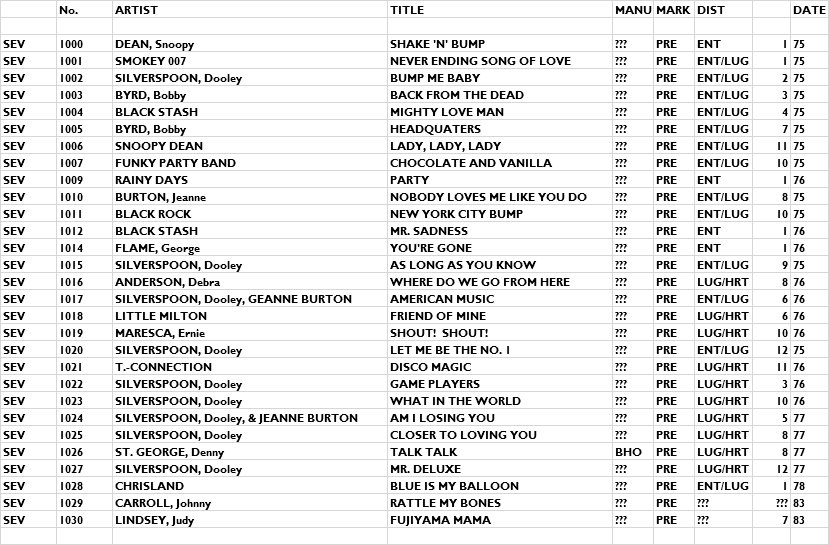


Copyright 2008 Robert Lyons.

